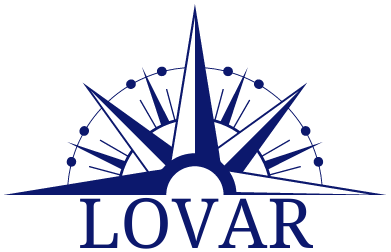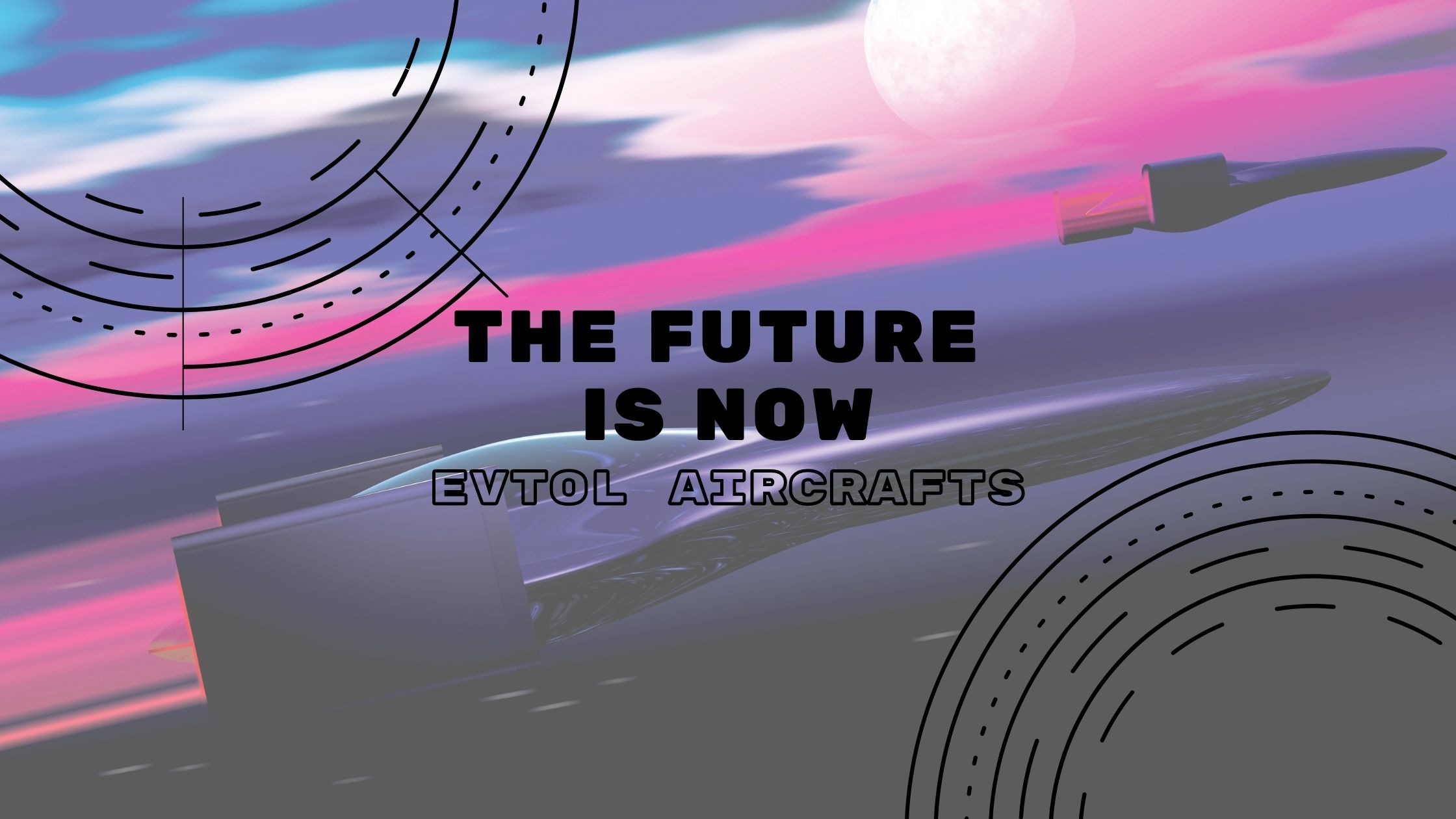eVTOL stands for electric vertical take-off and landing and refers to a type of aircraft that uses electric power to hover, take off, and land vertically. Advances in electric propulsion, coupled with the growing need for urban air mobility vehicles, pushed many big and small players to explore and invest in this developing sector.
The concept of eVTOL is actually not as recent as one can imagine. This type of aircraft became very popular after Nasa published a video of a conceptual design focusing on a redundant electric propulsion system and its functioning in vertical takeoff and landing. You can check out the video below.
The potentially huge impact such innovative aircrafts would have on our lifestyle is what caught the attention of many. The eVTOL technology, supported by major breakthroughs in autonomous navigation, could in fact revolutionize the way we move around urban areas, the way goods are transported, and reduce the impact of aviation on the environment.
Imagine an unmanned aircraft running on zero-emission electricity, navigating high-speed routes with no traffic in sight. You would invest in it too.
Some interesting players in eVTOL
An ever growing number of aviation and aerospace companies are heavily investing in eVTOL, allocating billions of funds to release autonomous passenger aircrafts on the market within the next five to ten years. Some players are focusing on commercial passenger or cargo transport services, while others intend to focus on the private sectors. Below are some of the most interesting players in eVTOL and the projects they are working on.
Lilium
Founded in 2015 in Germany, Lilium has a very ambitious project in the works: the Lilium Jet. First unveiled in 2019, this aircraft is 100% electric (battery-powered) and can transport 6 passengers plus 1 pilot for a maximum distance of about 300 km. Its elegant and futuristic design is absolutely stunning. Compared to other players in the industry targeting short-distance flights, Lilium is aiming for long-range regional and intercity transportation. Lilium is aiming for 2025 for their official launch phase.
Air One
The Israeli company AIR is pushing the limit by promising to deliver its two passenger eVTOL private jet AIR ONE by 2024. Pre-orders are already open. The idea of this company is to allow everyone to fly, whether it is for commuting to work, sport purposes or adventures. AIR ONE has 4 electric motors with twin propellers for a maximum speed of 255 km/h. The manufacturer claims the aircraft can travel a distance of 177 km or reach a flight time of about one hour.
Astro Aerospace
This Texas-based company has been a global leader in urban air mobility for more than a decade. So much so that it is about to become a NASDAQ-listed Company by signing on Kingswood Capital Markets, a global investment bank, and to gain access to the major capital markets. Their eVTOL is called ELROY, it is powered by 17 silent, zero-emission electric motors and can carry two passengers with a top speed of 70km/h.
The first Italian HeV/STOL aircraft
Manta Aircraft, an Italian engineering design and technology company, is also working on eVTOL, or better on HeVSTOL, hybrid electric vertical and short take-off and landing, aircrafts. These types of electric aircrafts are able to takeoff and land vertically, but also to operate horizontally on very short airstrips, like airplanes. Their mission is to offer a real solution for regional and inter-regional flights. The model they are working on is called ANN2, will seat two people, and is currently still being designed. First prototypes are expected to be available by 2022.
How will eVTOL change the aviation sector?
If predictions are correct, the first eVTOL aircrafts will start to appear in our skies in the next five to ten years. When a technology develops this fast it is hard to envision its effects on the industry and, more generally, our daily lives.
One thing is for sure: eVTOL aircrafts will not be cheap and will probably first be used for business or cargo. Many questions, however, remain unanswered like whether this type of transportation will be able to substitute cars in the long run and, if so, what would its benefits be in terms of travel time and costs. Where will we park these aircrafts, but most of all, how will air traffic control adapt to a vault covered in flying objects?
Like with electric and hybrid cars, there will probably be a long education period for consumers, guided by the disclosure of information by manufacturers, institutions, and media, to gradually understand and adapt to this new way of moving.

